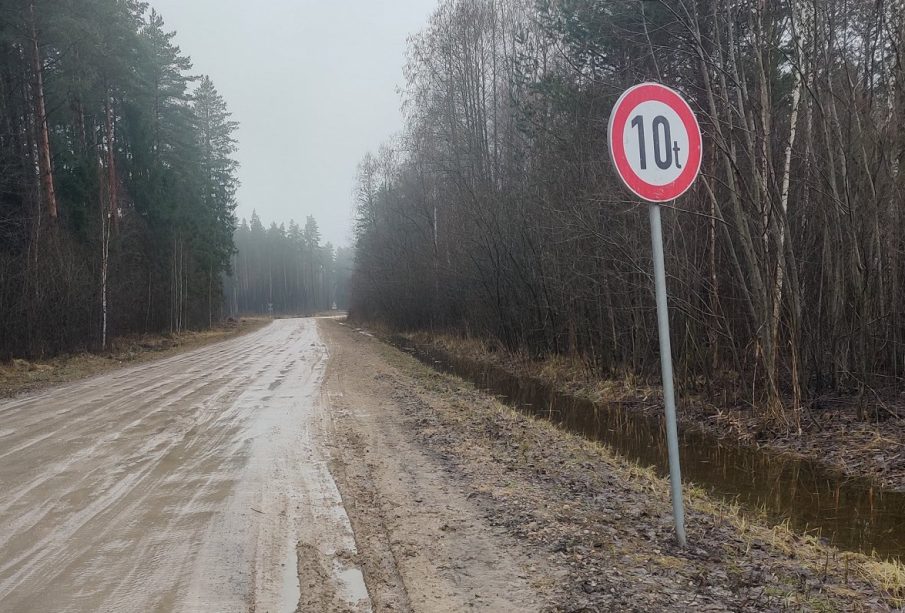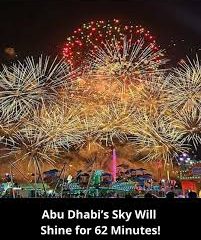Exploring Latvia: A Jewel of the Baltic Region

Introduction
Latvia, a small yet vibrant country in the Baltic region of Northern Europe, has recently gained attention due to its rich cultural heritage and growing economy. With a strategic location between Estonia and Lithuania, Latvia has emerged as an attractive destination for tourism and business alike. Understanding Latvia’s historical background, cultural significance, and current developments is essential in recognising its role in the European landscape.
A Brief History
Latvia’s history is marked by a series of foreign dominations including the Baltic German, Swedish, and Soviet influences. Gaining independence in 1918, Latvia faced turmoil during World War II but eventually regained its sovereignty in 1990. Since then, it has worked diligently to establish a stable democracy and a market-oriented economy.
Cultural Richness
Latvia’s cultural landscape is a blend of traditions, music, arts, and folklore. It is famed for its Song and Dance Festival, which has been recognised by UNESCO as an intangible cultural heritage. The country boasts over 700,000 songs and numerous folk dances that reflect its unique identity. Furthermore, Riga, the capital city, is noted for its Art Nouveau architecture and is a UNESCO World Heritage Site, drawing tourists from around the globe.
Economic Developments
In recent years, Latvia’s economy has shown robust growth, particularly in sectors such as information technology, logistics, and manufacturing. According to the Central Statistical Bureau of Latvia, the GDP grew by 4.8% in 2021, indicating a positive rebound from the pandemic’s impact. The government has implemented various reforms to attract foreign investment, making Latvia a competitive choice for international businesses seeking entry into the European market.
Current Events and Tourism
As travel restrictions ease globally, Latvia is intensifying its efforts to boost tourism. The Latvian government has launched campaigns promoting eco-tourism and cultural experiences, encouraging visitors to explore its national parks and rich historical sites. With events such as the Riga City Festival and the Food Festival attracting thousands, Latvia is positioning itself as a cultural hub in the region.
Conclusion
Latvia stands as a testament to resilience and growth, showcasing a unique blend of historical depth, cultural richness, and economic potential. As it embraces its future, the nation’s commitment to preserving its heritage while fostering innovation offers promising prospects for both its citizens and visitors. As more people learn about Latvia, its importance in the Baltic Sea region and the greater European context becomes increasingly apparent, making it a fascinating country to watch in the coming years.








